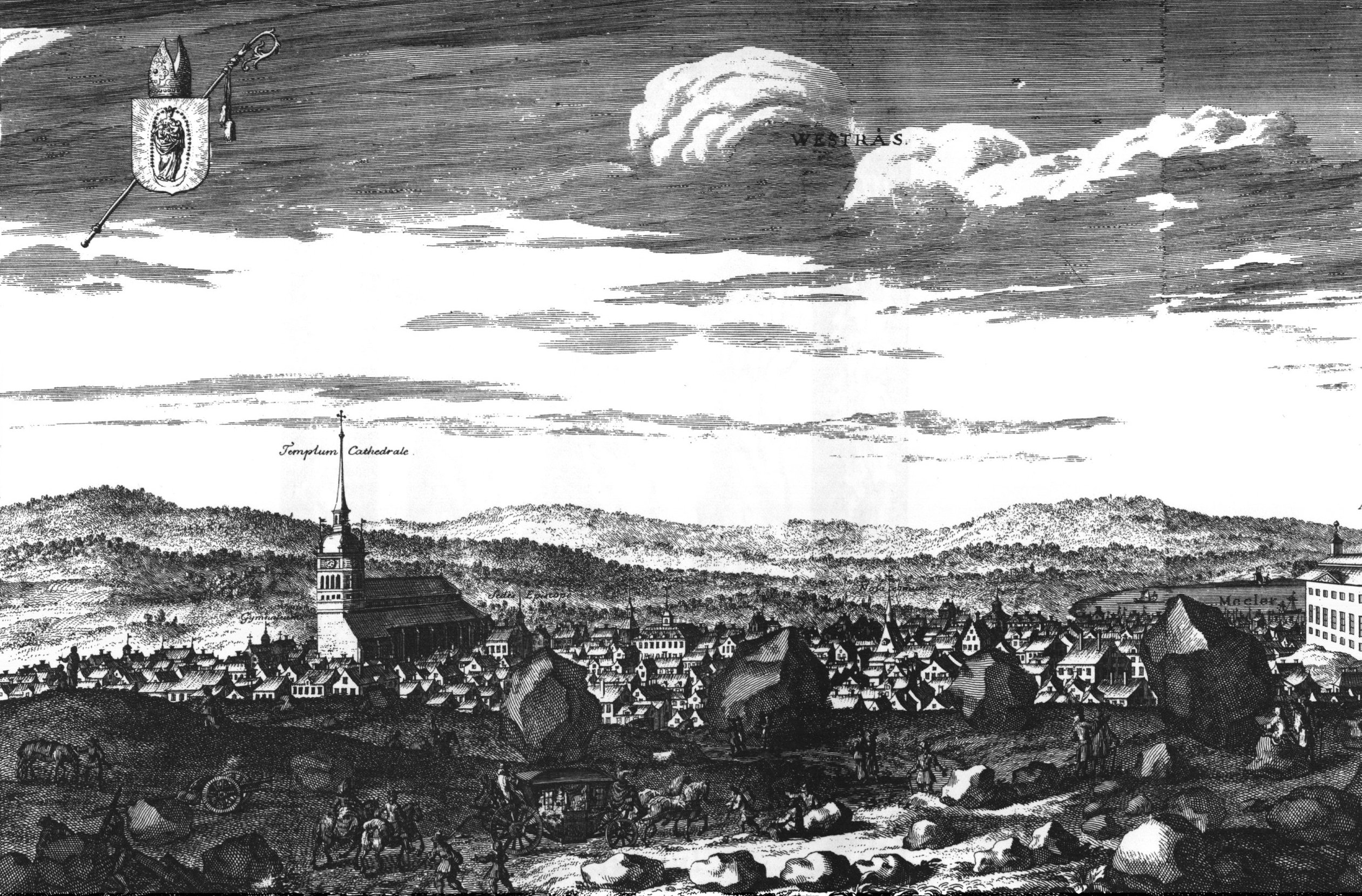|
Nanna Svartz
Nanna Charlotta Svartz (25 July 1890 in Västerås – 3 April 1986 in Stockholm) was a Sweden, Swedish physician and the first female professor at a public university in Sweden. Her research focused on gastrointestinal diseases and rheumatology. Biography Childhood Nanna Svartz was one of five children of Johan Anshelm Svartz, a Latin teacher with a Ph.D. in philosophy, and his wife Anna Charlotta (born Moxén). Her siblings were born between 1880 and 1885, but died all from 1887 to 1904. She went to the local girls' school, but girls were not allowed to take the studentexamen there. Hence, the whole family moved to Stockholm in 1908, where she was able to finish her exam at Åhlinska skolan in 1910. The school's director (and her history teacher) was Lydia Wahlström, an important figure in the Swedish Women's suffrage, suffrage movement. Early life As Nanna Svartz wanted to become a physician, she enrolled at the Karolinska Institute in 1911. Apart from a semester at Uppsala U ... [...More Info...] [...Related Items...] OR: [Wikipedia] [Google] [Baidu] |
Västerås
Västerås ( , , ) is a city in central Sweden on the shore of Mälaren, Lake Mälaren in the province of Västmanland, west of Stockholm. The city had a population of 127,799 at the end of 2019, out of the municipal total of 154,049. Västerås is the seat of Västerås Municipality, the capital of Västmanland County and an episcopal see. History Västerås is one of the oldest cities in Sweden and Northern Europe. The name originates from ''Västra Aros'' (West Aros), which refers to the river mouth of Svartån. The area has been populated since the Nordic Viking Age, before 1000 CE. In the beginning of the 11th century it was the second largest city in Sweden, and by the 12th century had become the seat of the bishop. Anundshög is located just outside the City of Västerås. Anundshög is Sweden's largest burial mound. "Hög" is derived from the Old Norse word ''haugr'' meaning mound or barrow. It was built about 500 CE and is over wide and is almost high. In the ensu ... [...More Info...] [...Related Items...] OR: [Wikipedia] [Google] [Baidu] |
